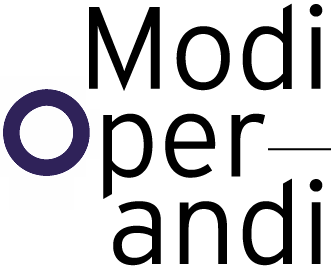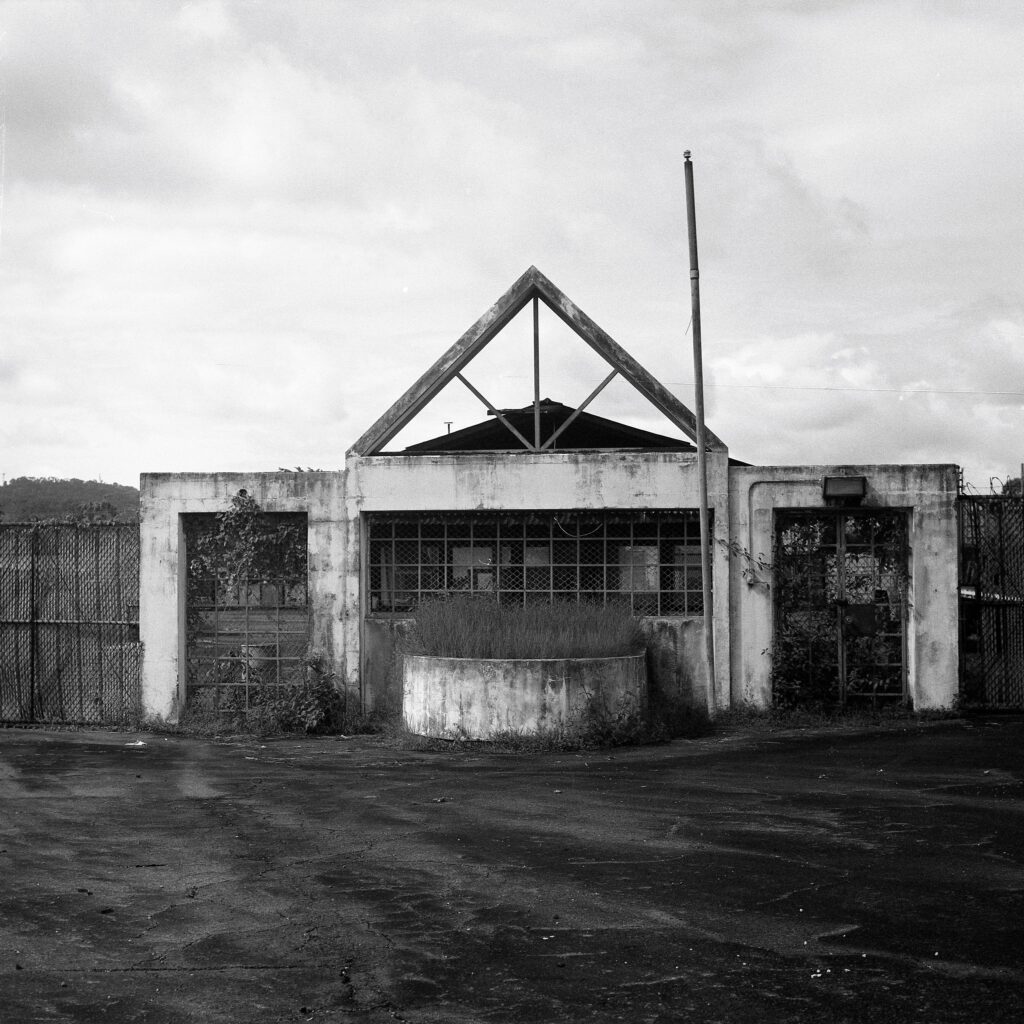TOWARDS AN AVERAGE FUTURE
By modeling the planet based on formerly gathered (measured) data, we can project within that model into the future and anticipate how the model, and therefore perhaps how reality will proceed (protention). However, between each cyclic recurrence and each anticipated future, there is a slight discrepancy from the previously collected data (often due to a problem of measurement). In this difference, the unexpected, or as Deleuze [8] would conceptualize Nietzsche’s ‘eternal recurrence of the same’ [9] lies a greater truth than in the expected, the stereotypical, the archetype, the preconceived and correctly executed story. It is in this way that the act of repetition can be said to engender difference. [10] Because repetition is an action that operates in time, often engaging with material conditions, it can never produce an identical result. Just as Ursula Le Guin decries the typical narrative [11] : ’that of the arrow or spear, starting here and going straight there and THOK! hitting its mark (which drops dead)’ I contend that there is a need to ‘miss the mark,’ or rather, acknowledge that we consistently miss the mark in our attempt to reach it. It is in the subsequent moment that what happens next is unknown, the stuff of panic, adrenaline, and urgency as the hero must give chase to the beast that still lives.
Indeed, when generating planetary models we encounter great difficulties, many of which are the results of the material world not quite ‘hitting the mark’ according to our systems of measure. Primarily, the Earth is, in fact, not spherical, not only thanks to its mountain ranges and valleys, oceans and other topographic features, but even if simplified and considered smooth, it possesses an ellipsoidal form that shifts to the gravitational pulls of the moon and sun. This ellipsoidal form, of course, complicates measurements across the globe, as the curve along the surface is not consistent (in its gradation, there is a variation of the curve – it remains continuous however). Similarly, the moon’s orbit around planet Earth is not neatly circular but ellipsoidal with a ‘ mean’ eccentricity of 0.0549 (note again the mean measure entering once again). [12] Our orbit around the sun is likewise ellipsoidal, and in turn, as our solar system revolves around the Milky Way we return each time to a different location – how does one return to a different location? To further complicate the matter, the general expansion of the universe implies that we travel in an ellipsoidal spiral – moving laterally whilst revolving around a series of planetary masses. Never returning to where we once were, we continue along an uneven, helter-skelter trajectory through the apparently infinite expansion that is space. Consequently, the tidal interval is never a neat and tidy quantity of time, like 12 hours, but rather, 12 hours and 27 minutes, followed by 12 hours and 16 minutes, and then 12 hours and 39 minutes. [13]
There is a slippage in the transcription of a mark on paper, or the trace left by water on a wall. The slippage is not only one of coincidence, but in its representation, – be it through spoken or written words, or some other means of signification (photography, painting, illustration) – it is a consequence inherent to the representation’s inability to be the thing it is showing. There is a difference between the photograph and the world it depicts. As such it makes a mistake, an error – in attempting to describe or capture that which can only ever be experienced, or perhaps we are mistaken in our assumption that this image depicts some reality that in fact no longer/ never existed within our ability to experience it – a photograph is always a collection and compression of multiple moments in time, no matter how fast the shutter speeds. It is, therefore, an illusion; [14] we do not experience the compression of time, only its escape passage. This does not discount the work itself, as it generates its own experience: we experience the photograph as an object in time – however one cannot speak of a site analysis inherent through drawings or photographs, but rather, one is caught in the world of analyzing the drawings and photographs as they themselves are.
We begin to analyze a work, not the thing it represents. We fool ourselves into thinking that the image is the site, or that the map is the site when it is not. We engage in a folly of judgment by framing the image as something not part of our co-temporal context, but rather, or existing in its own spatio-temporal reality belonging to the site.
The tide does not level out perfectly flat to reach its measured baseline, or maximum line for the day on the ‘correct’ or appointed minute before receding or rising. Furthermore, the mean sea level of every ocean and sea is distinct from each other, despite being one total body of water, since the basis for their measurement is based on a geodetic system with ‘datums’ that supposedly stay fixed in relative position to other objects – of course, they do not. [15] The Panama Canal makes use of its own datum, to bridge the gap between the Pacific and Caribbean oceans; which have a 20cm (higher on the pacific side) difference in average height. [16] This is, also most peculiarly, an ‘average difference’. In other words, it is the difference in height between two annual averages, both of which are fluctuating continuously. The actual or specific difference at any given moment can be is much greater, or less.

